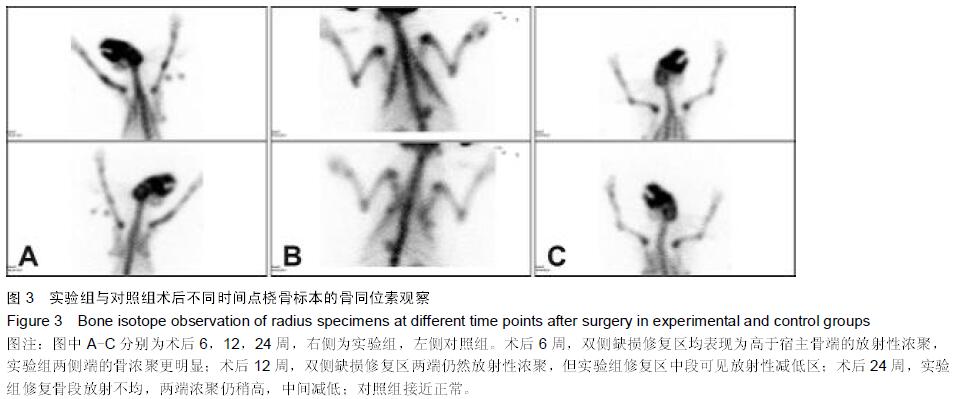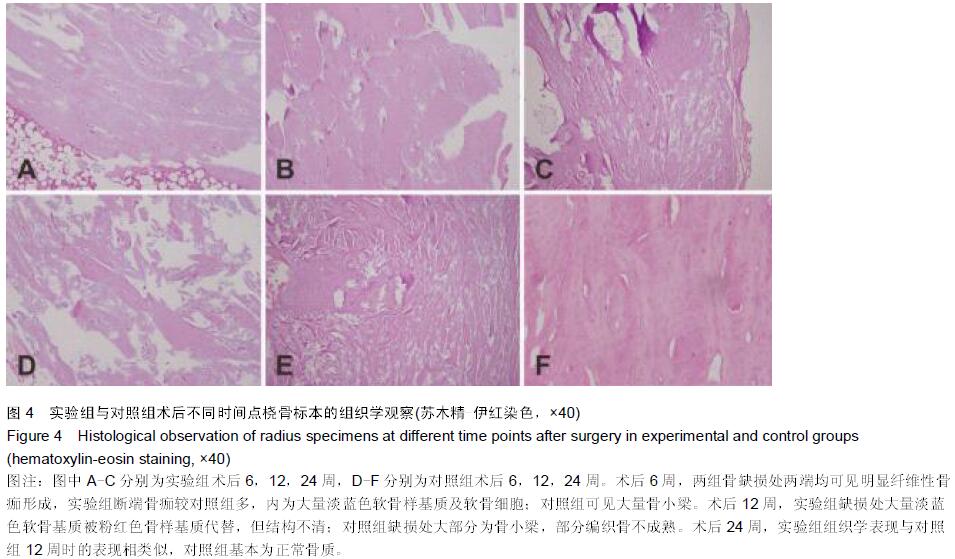| [1] 徐万鹏,郭卫,杨荣利,等.骨肿瘤的保肢术及其进展[J].中华骨科杂志,2000,20(增刊):47-49.
[2] 牛晓辉,蔡槱伯,张清,等.ⅡB期肢体骨肉瘤189例综合治疗临床分析[J].中华外科杂志,2005,43(24):1576-1579.
[3] 郭卫,杨荣利,汤小东,等.复合移植重建恶性骨肿瘤切除后骨缺损[J].中华骨科杂志,2003,23(2):202-205.
[4] 王惠民,宋献文.酒精灭活骨再植的实验研究[J].创伤骨科学报, 1983,2(1):24.
[5] 苗旭漫,何志晶,李晓光.酒精灭活自体骨再植的实验研究[J].中国矫形外科杂志,1995,2(1):29-30.
[6] 吴大东,宋献文.酒精保存同种异体伴关节移植的动物实验观察[J].中华骨科杂志,1988, 8(2):129.
[7] 张光铂,刘成刚,李子荣.酒精储骨在脊柱外科的应用[J].中华骨科杂志,1994,14(2): 96-99.
[8] 苗旭漫,吴其常,郭晶,等.酒精灭活骨在治疗四肢骨肿瘤中的应用[J].实用骨科杂志, 2008,14(4):246-248.
[9] 屠重棋,沈彬,裴福兴.大段同种异体骨复合人工关节治疗股骨肿瘤[J].中华骨科杂志,2004,24(10):604-608.
[10] 郭卫,杨荣利,汤小东,等.复合移植重建恶性骨肿瘤切除后骨缺损[J].中华骨科杂志,2003,23(4):202-205.
[11] 张鹤宇,罗先正,王志义.人工关节在骨肿瘤保肢中的应用[J].中华骨科杂志,2000,20(7):400-405.
[12] Aho AJ,Ekfors T,Dean PB,et al.Incorporation and clinical results of large allografts of the extremities and pelvis.Clin Orthop.1994;307:200-213.
[13] Hornicek FJ,Gebhardt MC,Tomford WW,et al.Factors affecting nonunion of the allograft-host junction.Clin Orthop. 2001;382:87-98.
[14] Ortiz-Cruz E,Gebhardt MC,Jennings LC,et al.The results of transplantation of intercalary allografts after resection of tumors: a longterm follow-up study.J Bone Joint Surg Am. 1997;79-A:97-106.
[15] Asada N,Tsuchiya H,Kitaoka K,et al.Massive autoclaved allografts and autografts for limb salvage surgery: a 1-8 year follow-up of 23 patients.Acta Orthop Scand. 1997;68:392-395.
[16] Alman BA,De Bari A,Krajbich JI.Massive allografts in the treatment of osteosarcoma and Ewing sarcoma in children and adolescents.J Bone Joint Surg Am.1995;77-A:54-64.
[17] Berrey BH Jr,Lord CF,Gebhardt MC,et al.Fractures of allografts: frequency,treatment, and end-results.J Bone Joint Surg Am.1990;72-A:825-833.
[18] Dick HM,Malinin TI,Mnaymneh WA.Massive allograft implantation following radical resection of high-grade tumors requiring adjuvant chemotherapy treatment.Clin Orthop. 1985; 197:88-95.
[19] Gebhardt MC,Flugstad DI,Springfield DS,et al.The use of bone allografts for limb salvage in high-grade extremity osteosarcoma.Clin Orthop.1991;270:181-196.
[20] Mankin HJ,Springfield DS,Gebhardt MC,et al.Current status of allografting for bone tumors. Orthopaedics. 1992;15: 1147-1154.
[21] Uyttendaele D,De Schryver A,Claessens H,et al.Limb conservation in primary bone tumours by resection, extracorporeal irradiation and re-implantation.J Bone Joint Surg Br.1988;70-B:348-353.
[22] Chen WM,Chen TH,Huang CK,et al.Treatment of malignant bone tumours by extracorporeally irradiated autograft-prosthetic composite arthroplasty.J Bone Joint Surg Br.2002;84(8):1156-1161.
[23] Chen TH,Chen WM,Huang CK.Reconstruction after intercalary resection of malignant bone tumours: comparison between segmental allograft and extracorporeally-irradiated autograft.J Bone Joint Surg Br.2005;87(5):704-709.
[24] Errani C,Longhi A,Rossi G,et al.Palliative therapy for osteosarcoma.Expert Rev Anticancer Ther. 2011;11(2):217-227.
[25] Nysrom LM,Morcuende JA.Expanding endoprosthesis for pediatric musculoskeletal malignancy: current concepts and results.Iowa Orthop J.2010;30:141149.
[26] 朱夏,林建华,陈飞,等.负瘤骨高温高压灭活治疗膝关节周围骨肿瘤[J].光明中医,2009,24(11):2114-2117.
[27] 蔡宣松,杨庆诚,梅炯,等.不同灭活方法对骨愈合影响的实验研究[J].中国骨肿瘤骨病,2002,1(4):192-194.
[28] 宋金纲,杨蕴,张瑾,等.高温水浴灭活骨重建肿瘤性骨缺损成骨机制的实验探讨[J].中国肿瘤临床,2008,35(7):408-410.
[29] Sato T,Iwata H,Takahashi M,et al.Heat tolerance of activitytoward ectopic bone fomation by rabbit bone matrix proteinⅡ.Ann Chit Gynaecol Suppl.1993;207:37-40.
|



